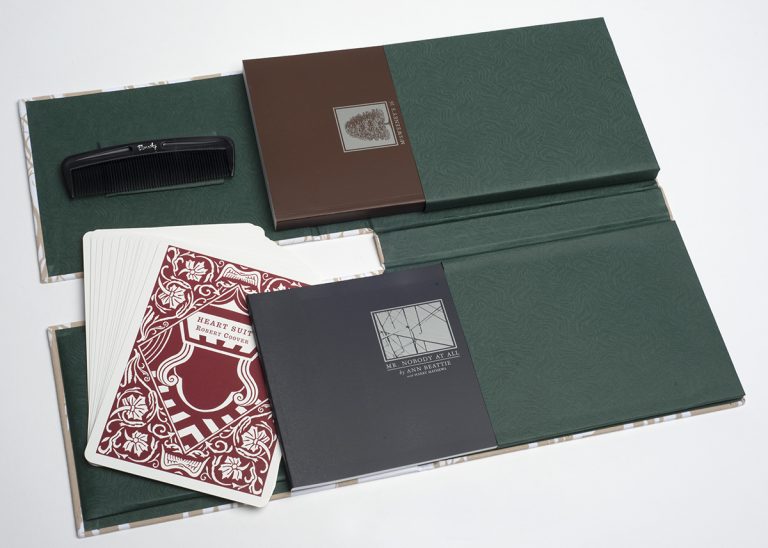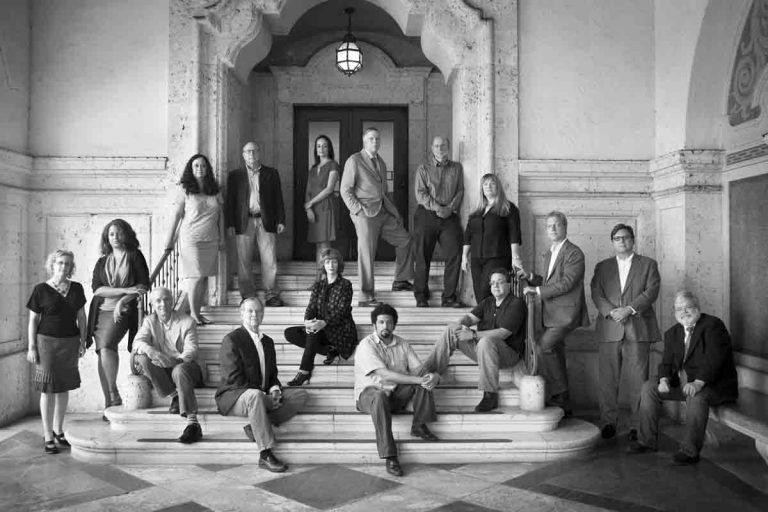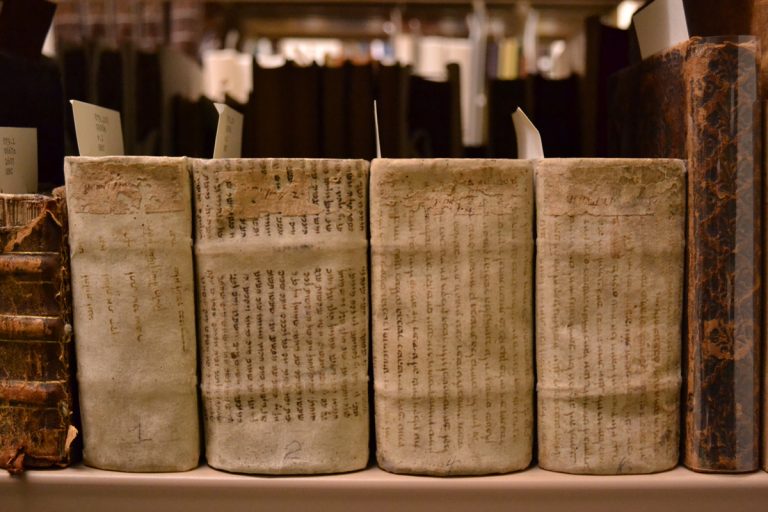The McSweeney’s archive, which the Ransom Center acquired in 2013, is now open for research. Founded in 1998 by Dave Eggers, McSweeney’s Quarterly Concern is considered one of the most influential literary journals and publishing houses of its time. McSweeney’s publishes books, Timothy McSweeney’s Quarterly Concern, The Believer magazine, the… read more
Publishing
Ransom Center staff to contribute to new Texas-themed UT Press book series
The University of Texas Press recently announced the undertaking of the publishing project The Texas Bookshelf, a series of 16 books, with an accompanying website, focusing on all things Texan. All books are to be written by faculty and staff at The University of Texas at Austin. The inaugural book,… read more
Archivist declares medieval manuscript fragment crowdsourcing project success
During the late medieval and early modern period, it was a common practice for bookbinders to cut out the sturdy parchment leaves of outdated or unwanted handwritten books to reuse those leaves as covers or binding reinforcements in new “cutting edge” printed books. This practice lasted until roughly the seventeenth… read more




